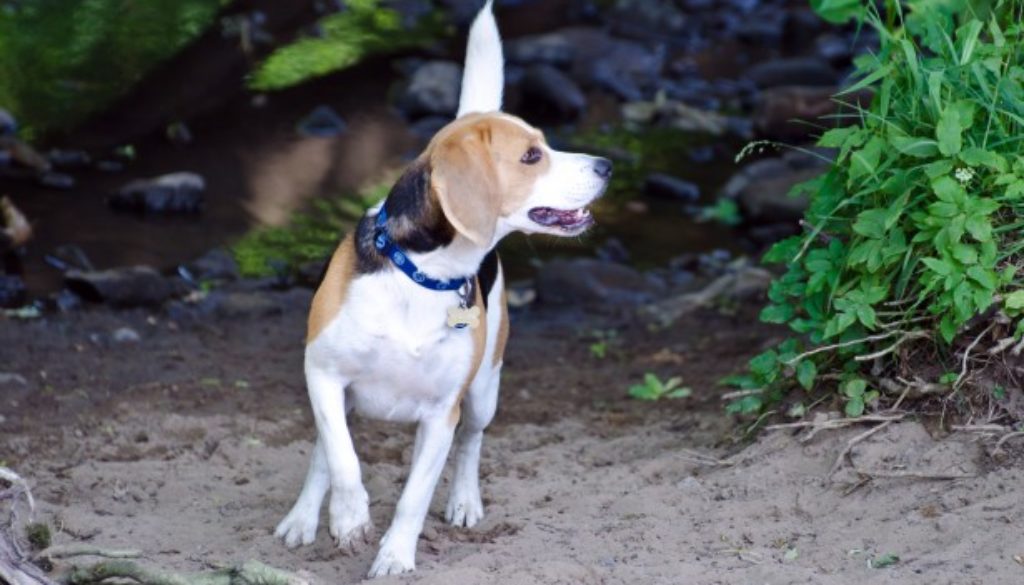Getting Rid of Toxic Flea Collars: Will EPA Finally Follow the Science?
By Miriam Rotkin-Ellman, Natural Resources Defense Council
Dog and cat lovers are still waiting for the US Environmental Protection Agency (EPA) to protect their families from the neurotoxic pesticide tetrachlorvinphos (TCVP), found in flea collars and other flea control products. Despite the fact that TCVP is known to be toxic to the developing brains of kids and testing shows that a kid playing with their pet can easily get it on their hands, and then in their bodies, EPA continues to allow it on store shelves.
After more than 6 years since we filed our official petition with EPA requesting a ban of TCVP in pet products and almost a year after we filed a lawsuit asking the Court to tell EPA it needs to do better to protect pets and their families, EPA has said that they will be releasing a revised risk assessment. At our urging, the Court is keeping tabs on this promise and refused EPA’s request to close the case. Instead, the clock is ticking and EPA has until February 16th to show that they are going to be addressing the flaws in the risk assessment.
EPA’s announcement this fall that extra protection for kids will be included in future assessments of organophosphate pesticides, the class which includes TCVP, suggests that EPA is serious about addressing one of the flaws in the shoddy risk assessment of TCVP. This announcement finally acknowledges what scientists and pediatricians have been saying for more than a decade – risk assessments of these chemicals must include extra protection to account for the harm to the development of the nervous system, in-utero, during infancy, and childhood.
However, this was just one of a long list of all the problems in EPA’s assessment of TCVP that we presented to the court – including the alarming fact that EPA ignored a published study which showed how much residue actually can get on someone’s hand after they pet a dog wearing a TCVP flea collar. If EPA had utilized this study, and other scientific information, they would have found unacceptable risk to kids from these products. We will be reviewing the revised risk assessment closely and in the event this mistake and other flaws are not corrected, we will push the Court to hold EPA accountable.
As soon as there is news from either EPA or the Court, we will report back with our analysis. In the meantime, dog and cat lovers must be careful at the pet store and look for safer products to use on their pets. Safer flea control options, such as those outlined for pet owners in NRDC’s Green Paws product guide, are readily available.

